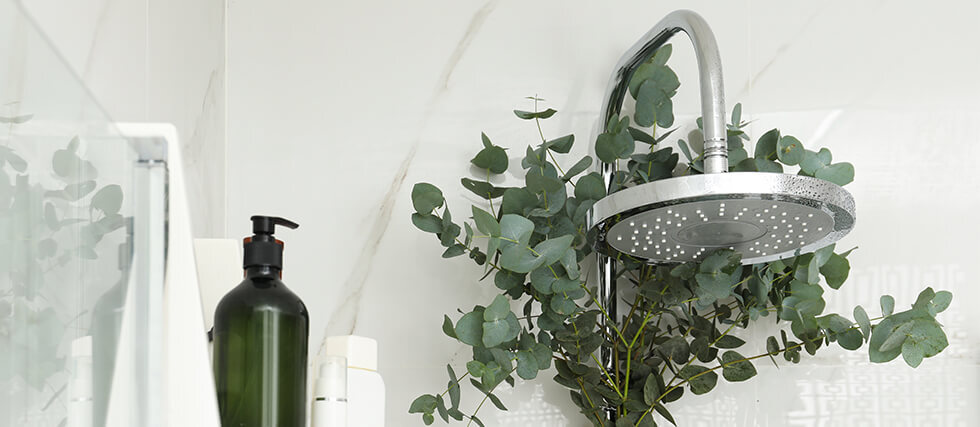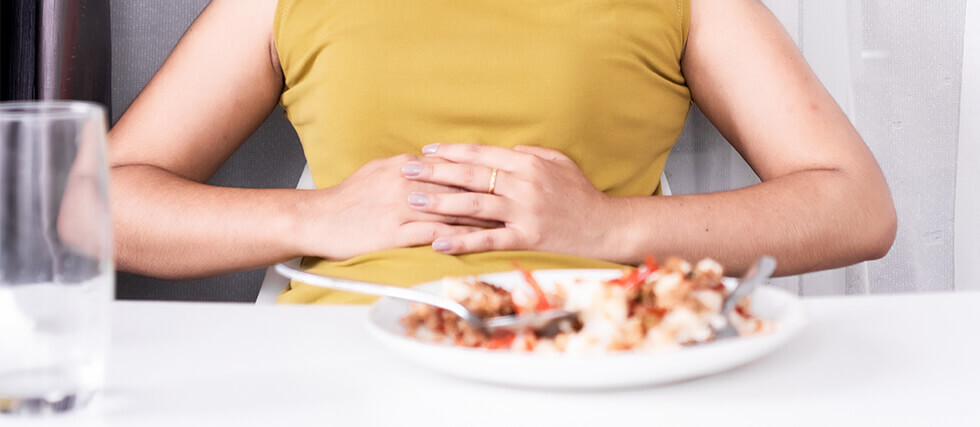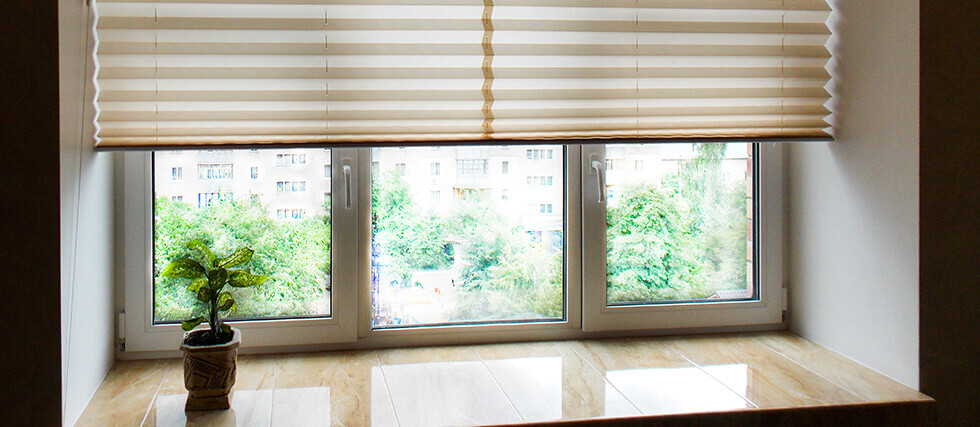Why You Should Hang Eucalyptus in Your Shower
If you’re looking to elevate your shower routine with something simple, natural, and spa-worthy, fresh eucalyptus might be just the upgrade you need. While it’s a beautiful, aromatic addition to your space, eucalyptus offers more than just visual appeal—its natural compounds can soothe your body and mind. Here’s why aromatherapists recommend hanging it in your shower.
1. It Eases Stress and Promotes Relaxation
Eucalyptus is well-known in aromatherapy for its sharp, minty scent that promotes a sense of calm. When exposed to steam, the essential oils in eucalyptus leaves are released into the air. This creates a refreshing atmosphere that may help reduce feelings of anxiety and encourage mental clarity. Experts suggest that the compound eucalyptol plays a role in calming the nervous system, making it an excellent addition to your self-care routine.
2. It Can Help With Congestion and Allergies
Breathing in eucalyptus-scented steam may help open your sinuses and ease congestion caused by colds or allergies. Holistic practitioners often use eucalyptus for its natural decongestant properties. The aromatic vapors can soothe nasal passages and quiet a mild cough, providing natural respiratory relief during your shower.
3. It Has Natural Anti-Inflammatory Benefits
The compounds 1,8-cineole and alpha-pinene found in eucalyptus have been studied for their anti-inflammatory effects. For those dealing with sore muscles or stiffness, the scent may help support the relaxation of tension and provide gentle comfort after a long day or intense workout.
How to Use It:
To activate the aroma, gently roll the eucalyptus leaves with a rolling pin before hanging. Tie the bundle with twine and hang it over your shower head. It will stay fresh for 2–3 weeks—just replace it once it starts to brown or lose its scent.





